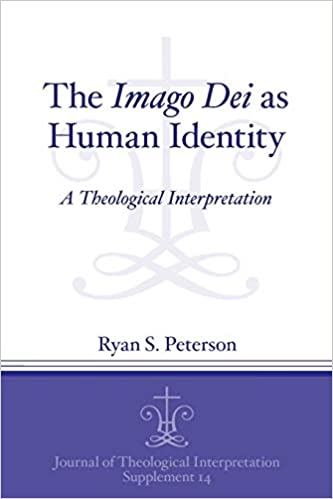
Jesus’ Last Supper is the Passover. It is the institution of the Eucharistic feast. But like the feasts of Israel, it is not only Passover. Passover is the Old Covenant institution of the whole feast cycle of Israel, and the subsequent meals are memorial meals of the Passover of that year. That is why they are called “memorials.” They re-present to YHWH the one Passover offering of that year. The meaning of all feasts in the Old Covenant are subsumed in our Eucharistic feast. The Table of the Lord is Passover, but it is not only Passover.
Unleavened bread is used in Passover. It is a new loaf, without the connection to the loaf of the previous year of sin. You don’t take the leaven (yeast of the old sourdough) from an old loaf and place it in the Passover bread because Passover is a new beginning. That’s the symbolic significance of unleavened bread. The practical significance of the first Passover is that the Israelites ate it with their sandals on. They did not wait for the bread to rise because they were going to be delivered shortly from Egypt.
But in a lot of ways the symbolic overrides the original practical in the feasts. Even after the first flight from Egypt, God commands Israel to cleanse their houses of leaven in preparation for Passover (Exodus 12:15-19). Jesus also speaks of leaven in symbolic terms. The corruption of the scribes and Pharisees is leaven. These Pharisees are like Israel who refused to enter the Promised Land, who kept looking back to Egypt. They cling to the sinful corruption of the Old creation, which has no place in the New creation Jesus is bringing about. And so, unleavened bread is appropriate for the initiation of the Eucharist at Passover because Jesus is leading his people out of spiritual Egypt into a new land of Promise.
This, I think, gets at half of the symbol.
The Kingdom of God is also leaven (yeast from the air), hidden in the loaf, leavening the bread until the whole loaf is leavened and rises. This also draws from the meaning of Israel’s feasts. At Passover Israel ate unleavened bread. But there was already yeast “hidden” in the loaf. They couldn’t see it yet, but it would eventually leaven the whole loaf.
At firstfruits (Leviticus 23:9-14), the first sheaf of grain from the harvest is lifted up and “waved” before YHWH. This is because you offer the first of the harvest before eating any of it. This represents Christ’s resurrection, as he is the firstfruits of the harvest (1 Corinthians 15:20-23). Without his resurrection first, none of us can rise.
At Pentecost, 50 days later, the raw sheaf of the firstfruits has become bread. It has become mature grain, milled, leavened, and baked (Leviticus 23:16-17). This bread is also lifted up and waved before YHWH, because it corresponds to the firstfruits of the harvest at Passover.
The application to the Eucharistic feast should be easy enough to see. Jesus would have used unleavened bread at the institution at the Last Supper, because it was Passover. At the very least, it was around Passover, and so there would have been no leaven at all in the house, in accordance with the Law. But the word used in all the Last Supper accounts simply calls it “bread” by its generic name (artos), not specifically unleavened bread (azumos), because the unleavened form is not intended to carry over to the New Covenant feast. The Last Supper of the Passion was a new beginning, but it was only the beginning.
Now, we use leavened bread because Christ, our firstfruits, has been lifted up before the Father, and he has been raised from the dead. Pentecost has come, and we live in the Pentecostal era, in which the Kingdom has matured. The leaven of the Kingdom hidden in the bread of Passover has risen as the great loaf of Christ’s Body, the Church.












